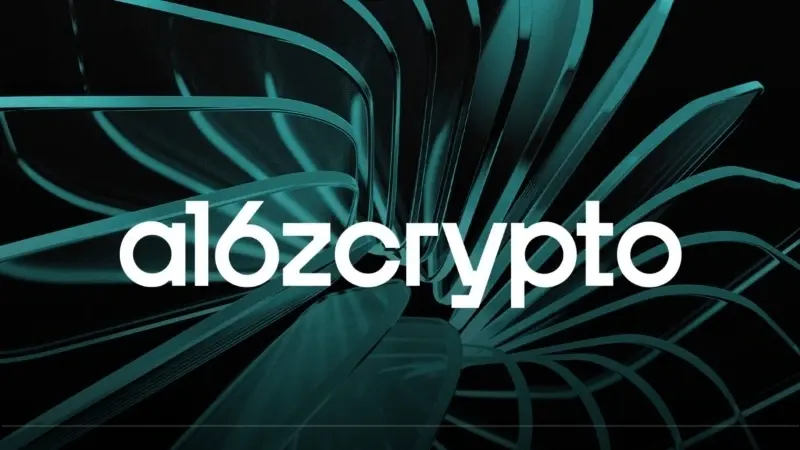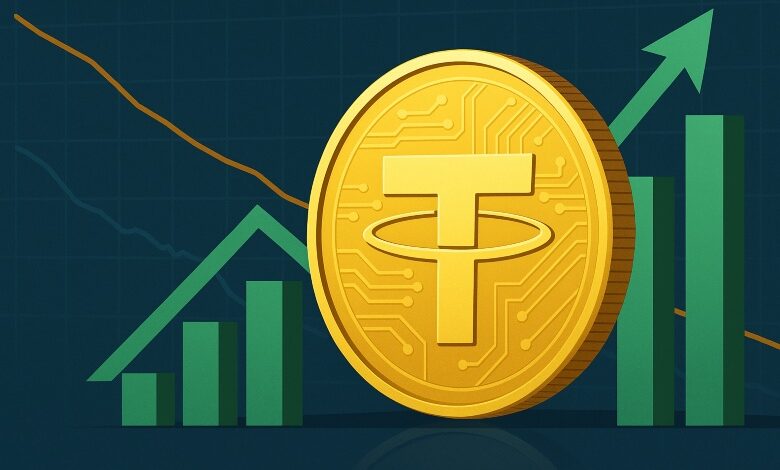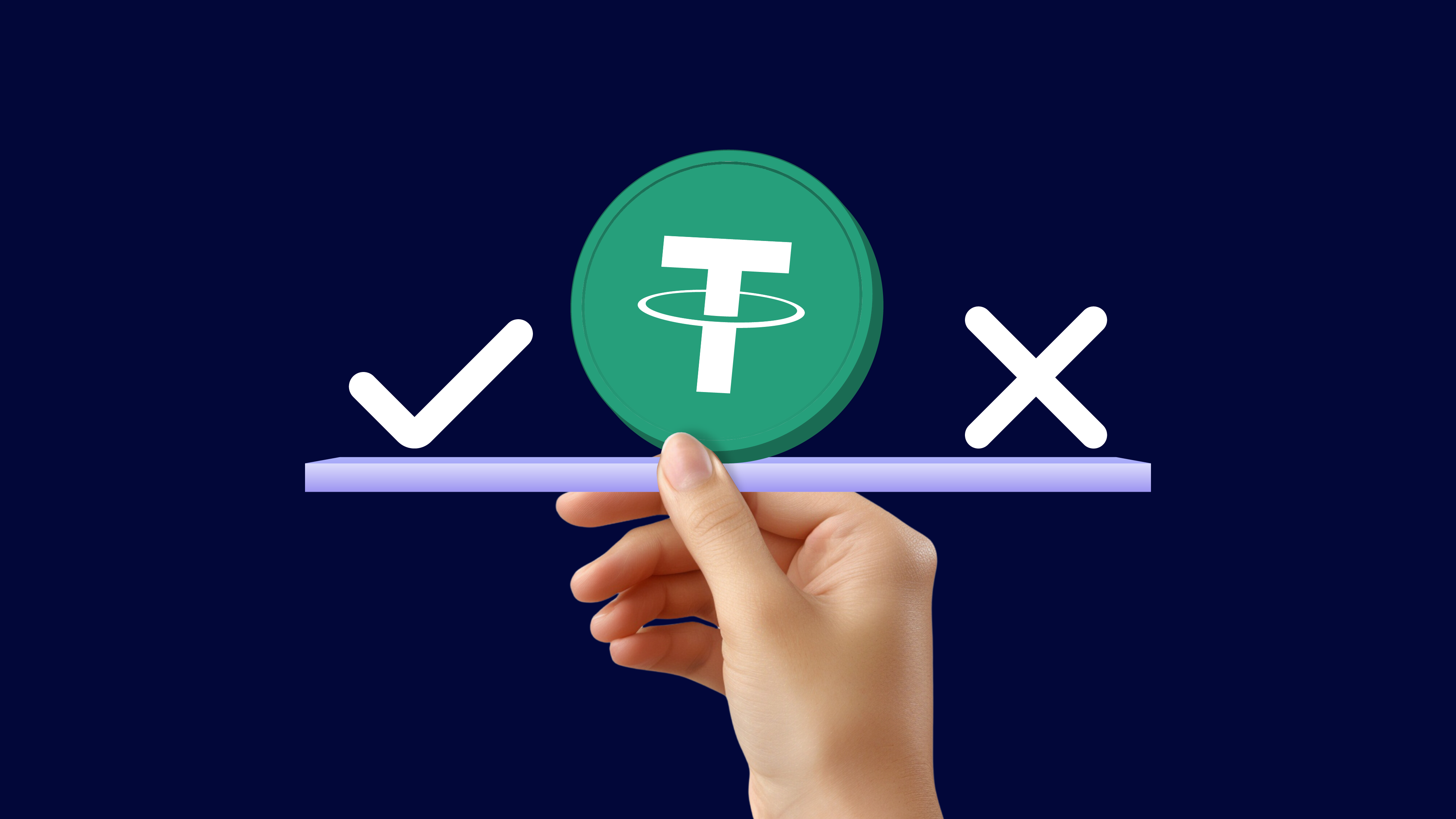a16z published a list of “big ideas” that tech builders might tackle in the year ahead, covering partner insights in AI, U.S. dynamics, bio/health, crypto, enterprise, fintech, gaming, and infrastructure.
Businesses will increasingly accept stablecoins as a payment method
Stablecoins have found product-market fit over the past year — not surprising given that they are the cheapest way to send dollars and enable fast global payments. Stablecoins also provide a more accessible platform for entrepreneurs to build new payment products: no gatekeepers, minimum balances, or proprietary SDKs required. However, large enterprises have yet to realize the significant cost savings and new profits that can be gained by switching to these payment rails.
While we’re seeing some enterprise interest in stablecoins (and early adoption in peer-to-peer payments), I expect a larger wave of experimentation in 2025. Small/medium businesses with strong brands, focused audiences, and clear payment cost pain points (e.g., restaurants, coffee shops, convenience stores) will be the first to switch away from credit cards. For in-person transactions, these businesses don’t benefit from credit card fraud protection, and the loss of transaction fees is particularly severe for them (a 30-cent fee loss on each cup of coffee can significantly affect profits).
We should also expect larger businesses to adopt stablecoins. If stablecoins do indeed fast-forward the course of banking history, businesses will try to bypass payment providers — and simply add 2% to their profit margins. Businesses will also begin seeking new solutions to problems currently solved by credit card companies, such as fraud protection and identity verification. —Sam Broner (X: @sambroner | Farcaster: @sambroner)
Countries explore putting government bonds on blockchain
Putting government bonds on-chain could create a government-backed, interest-bearing digital asset — without the surveillance concerns of a CBDC (central bank digital currency). These products can unlock new sources of demand for collateral usage in DeFi (decentralized finance) lending and derivatives protocols, further enhancing the integrity and reliability of these ecosystems.
As innovation-driven governments around the world further explore the benefits and efficiencies of public, permissionless and irreversible blockchains this year, some countries may experiment with issuing government bonds on-chain. For example, the UK has been exploring digital securities through its financial regulator, the FCA (Financial Conduct Authority),’s sandbox; its Treasury/Chancellor of the Exchequer has also expressed interest in issuing digital bonds.
In the United States — given that the SEC will require the clearing of Treasury bonds through traditional, cumbersome and costly infrastructure next year — expect to see more discussion about how blockchain can increase transparency, efficiency and participation in bond trading. —Brian Quintenz (X: @brianquintenz | Farcaster: @brianq)
We will see wider adoption of DUNA, a new U.S. industry standard for blockchain networks
In 2024, Wyoming passed a new law recognizing DAOs (decentralized autonomous organizations) as legal entities. DUNA, or “Decentralized Unincorporated Nonprofit Association,” is the only viable structure tailor-made for U.S. projects, and by incorporating a DUNA into a decentralized legal entity structure, crypto projects and other decentralized communities can give legal legitimacy to their DAOs — facilitating greater economic activity while shielding token holders from liability and managing tax and compliance needs.
DAOs are communities that manage the affairs of an open blockchain network and are necessary tools to ensure that the network is open, non-discriminatory, and does not extract value unfairly. DUNA can unlock the potential of DAOs, and many projects are already working on implementing this tool. As the US looks to foster and accelerate the development of its crypto ecosystem by 2025, I expect DUNA to become the standard for US projects. We also expect other states to adopt similar structures (Wyoming led the way; they were also the first state to adopt the now-ubiquitous LLC)…especially as other decentralized applications outside of crypto take off (like physical infrastructure/energy grids). -Miles Jennings (X: @milesjennings | Farcaster: @milesjennings)
Builders will reuse more, not just reinvent, infrastructure
Over the past year, teams have continued to reinvent the wheel in the blockchain stack, developing more custom validator sets, consensus protocol implementations, execution engines, programming languages, and RPC APIs. These efforts sometimes provide improvements in specific functions, but often fall short in terms of generality or basic functionality. For example, a programming language designed specifically for SNARKs (Succinct Non-Interactive Arguments of Knowledge): while an ideal implementation might enable an ideal developer to produce higher-performance SNARKs, in reality, it might not be as good as a general-purpose language in terms of compiler optimization, development tools, online learning resources, and AI programming support (at least for now), and might even result in SNARKs that perform worse than general-purpose languages.
Therefore, I expect that in 2025 we will see more teams leveraging the contributions of others and reusing more existing blockchain infrastructure components, including consensus protocols, existing staked capital, and proof systems. This approach not only helps builders save a lot of time and energy, but also allows them to focus on improving the unique value of their product or service.
The current infrastructure is mature enough to support the development of mainstream web3 products and services. As in other industries, the successful teams will be those that can successfully manage complex supply chains, rather than those that refuse to use “non-homegrown” technologies. ——Joachim Neu (X: @jneu_net)
The crypto industry will have its own app store and discovery platform
When crypto apps are blocked from centralized platforms like Apple’s App Store or Google Play, it limits those apps’ ability to acquire users. However, we are now seeing emerging app stores and marketplaces that provide this distribution and discovery functionality without setting barriers. For example, Worldcoin’s World App marketplace not only stores proof of personal identity verification but also allows access to “mini-apps,” attracting hundreds of thousands of users for multiple apps in just a few days. Another example is the fee-free dApp Store for Solana mobile users. These examples also suggest that hardware (e.g., phones, scanners) rather than software may be a key advantage for crypto app stores… just as Apple devices were once key to early app ecosystems.
Meanwhile, there are other stores that have thousands of dapps and web3 developer tools (like Alchemy); and blockchains that serve as both game publishers and distributors (like Ronin). However, it’s not entirely smooth sailing: if a product is already distributed via channels such as messaging apps, it will be difficult to migrate it to the chain (exception: Telegram/TON network). Similarly, similar problems exist for applications that have been distributed through web2. But we may see more of these migrations happening in 2025. ——Maggie Hsu (X: @meigga | Farcaster: @maggiehsu)
Crypto asset holders will transform into crypto users
In 2024, crypto has made significant progress as a political movement, with key policymakers and politicians taking a positive view of it. We also see it continue to grow as a financial movement (e.g. Bitcoin and Ethereum ETPs broaden investor participation). By 2025, encryption will have further evolved into a computing movement. So, where will the next user group come from?
I believe now is the perfect time to re-engage currently “passive” crypto holders and convert them into more active users, as only 5%-10% of crypto asset holders are active users. We can bring the 617 million people who already own crypto assets on-chain — especially as continued improvements in blockchain infrastructure are reducing transaction fees for users. This means that new applications will start to emerge for existing and new users. At the same time, the early applications we have seen (such as stablecoins, DeFi, NFTs, games, social, DePIN, DAOs, and prediction markets) are becoming more friendly to mainstream users as the community focuses more on user experience and other improvements. ——Daren Matsuoka (X: @darenmatsuoka)
“Hidden cables” will drive the birth of web3 killer applications
Blockchain’s technological “superpowers” make it unique, but they also hinder mainstream adoption. For creators and fans alike, blockchain can unlock connectivity, ownership, and monetization…but industry jargon (“NFTs,” “zkRollups,” etc.) and complex designs create barriers for those who can most benefit from the technology. I’ve witnessed this firsthand in countless conversations with media, music, and fashion executives.
Many of the mass adoptions of consumer technologies follow this path: the technology started; some iconic company or designer abstracted away the complexity; and that shift helped unlock some breakthrough application. For example, the SMTP protocol for email is hidden behind a “Send” button; or credit cards, most users today don’t need to understand payment rails. Similarly, Spotify revolutionized music not by showing off the file format, but by delivering playlists to our fingertips. As Nassim Taleb said, “Over-engineering creates brittleness. Simplicity is what scales.”
So I think our industry will adopt this concept by 2025: “Hide the cables.” The best decentralized applications have focused on more intuitive interfaces, making it as easy as tapping a screen or swiping a card. In 2025, we’ll see more companies focus on simple design and clear communication; successful products need no explanation; they solve problems directly. –Chris Lyons (@chrislyons)
Andrew Hall’s 6 Trends in Decentralized Governance in 2025
2025 promises to be an exciting year for decentralized governance. DAOs (decentralized autonomous organizations) are constantly pushing the boundaries and exploring new ways for anonymous token holders to co-govern. Investment managers are trying to persuade their clients to participate more frequently in online shareholder voting. And AI companies are using citizen parliaments to set specifications for large language models (LLMs). This will mean that many decentralized governance experiments will be running simultaneously, including:
- Websites that help voters vote on their behalf
- AI delegation mechanism
- AI Agent
- Smarter Incentives for Participation
- Better funding for public goods
- More experiments with lottery






